Nationality American Name Clarence Mackay | Children Ellin Mackay | |
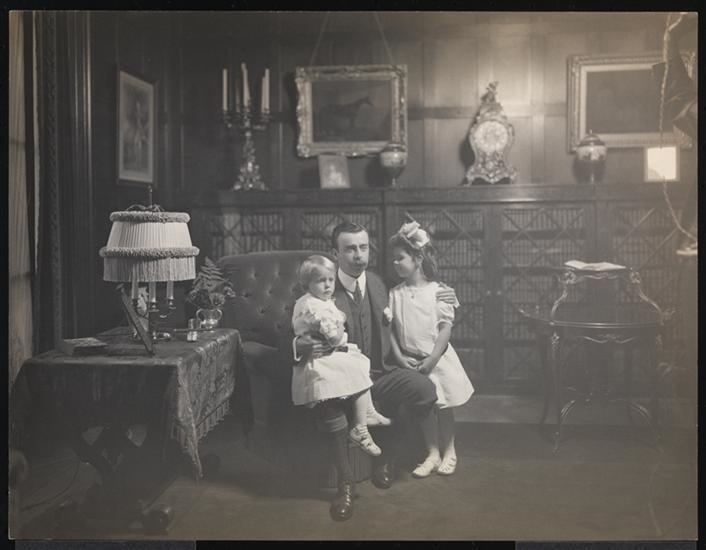 | ||
Died November 12, 1938, Manhattan, New York City, New York, United States Parents John William Mackay, Marie Louise Hungerford Grandchildren Mary Ellin Barrett, Linda Louise Emmet, Irving Baline, Elizabeth Irving Peters Great grandchildren Elizabeth Matson, Rachel Peters Similar People John William Mackay, Ellin Mackay, Mary Ellin Barrett, Irving Berlin | ||
Clarence Hungerford Mackay (; April 17, 1874 – November 12, 1938) was an American financier. He was chairman of the board of the Postal Telegraph and Cable Corporation and president of the Mackay Radio and Telegraph Company.
Contents
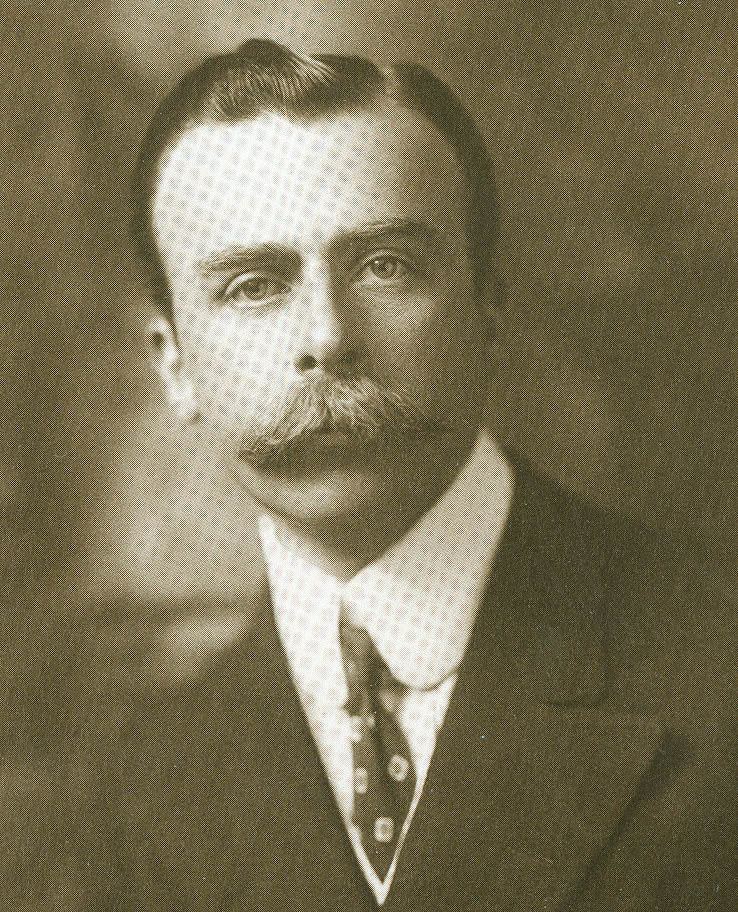
Biography
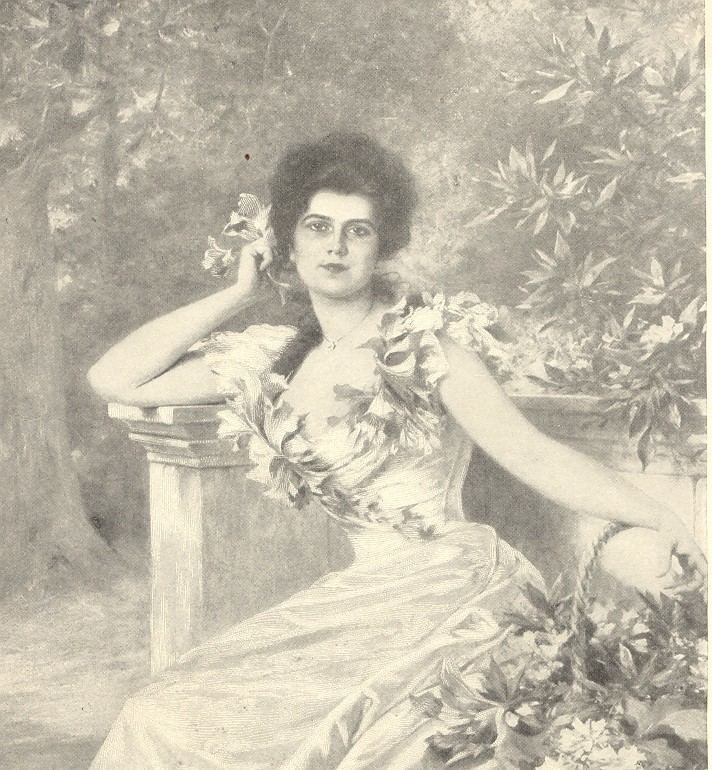
He was born on April 17, 1874 to John William Mackay (pronounced MACK-ee). His father was a silver miner and telegraph mogul who had been born in Dublin and emigrated to America with his parents; his father dying soon after. John sold newspapers then got a shipyard job to support his mother and sister, then went west, and struck lucky; with three other Irishmen (James Graham Fair, James C Flood, and William S O’Brien) he formed a mining corporation, which in 1873 discovered the single largest lode of silver ore in the world, to be known as the Comstock Lode in Virginia City, Nevada, earning them the title The Silver Kings. It made all of them unimaginably wealthy. John married Louise Antoinette Hungerford Bryant and adopted her daughter by an earlier marriage. They lived between Paris and New York, where they brought up this daughter and their two sons, John and Clarence.
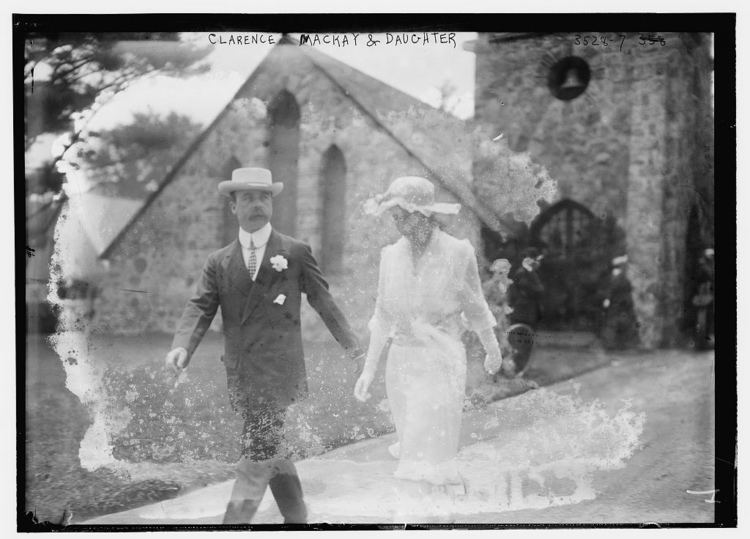
Clarence and his first wife, Katherine (née Duer) Mackay had a home in New York City, as well as the celebrated Harbor Hill in Roslyn, Long Island built for them by his father, designed by Stanford White of McKim, Mead, and White. This was the largest home White ever designed.

Katherine Duer Mackay (1880–1930) was a beautiful debutante from an old, high society, New York family. Clarence met her on a steamship crossing between New York and England in about 1897. They fell in love and were married on May 17, 1898. Harbor Hill, the site of their future estate with the striking view of Hempstead Harbor, was Katherine's and Clarie's wedding present from the senior Mackays. Katherine oversaw much of the design and building of their mansion at Harbor Hill. Katherine was a suffragette and a champion of women's rights and became the first woman member of the Roslyn school board in 1905. Katherine left Clarence and her three children to run away with the doctor who had cured Clarence's throat cancer, Dr. Joseph Blake, in 1910. Blake then cured her eye cancer, and he in turn ran away with her nurse. The marriage officially ended in divorce in Paris in 1914. Katherine returned to New York in 1930, the same year she died from cancer.
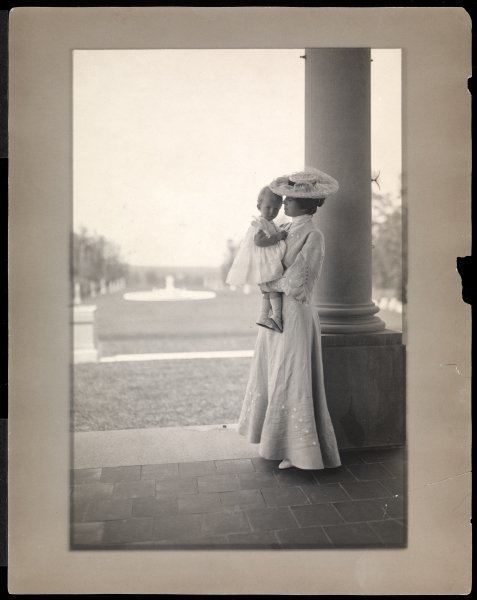
In 1926, his daughter Ellin married Irving Berlin against her father's wishes and he disinherited her.
Anna Case (1888–1984) of Clinton, New Jersey would become Mackay's second wife. She was a lyric soprano who sang with the Metropolitan Opera and as a concert soloist. "Her life changed dramatically following an engagement to sing at a private musicale given in the home of Clarence H. Mackay (c. 1916). Taken with her beauty, he sent a carload of flowers to her at her next Carnegie Hall recital, enclosing a small diamond band with an enamel bluebird in the center."
Because of religious convictions – he was a traditional Irish-American Catholic – Clarence Mackay would not remarry as long as his first wife, Katherine, lived. After Katherine's death in 1930, Clarence and Anna were married at St Mary's Roman Catholic Church in Roslyn, New York the following year. His wedding gift to Anna was a platinum-set emerald and diamond necklace. The 167.97 carats (33.594 g) emerald was mined in Colombia and the necklace designed by Cartier.
Clarence sold his major source of income, the Postal Telegraph Company, to the new International Telephone and Telegraph Company (ITT) for an enormous amount of stock. The 1929 stock market crash wiped him out; he survived the Great Depression by selling his art and antiques. He was eventually reconciled with Ellin and her husband when he went to comfort her on the cot death of her baby; Irving Berlin always treated his father-in-law with respect and affection. Both Ellin Berlin and Clarence's granddaughter, Mary Ellin Barrett, were successful writers.
He died of cancer on November 12, 1938. His funeral was at St. Patrick's Cathedral where the New York Philharmonic played. He was buried at Green-Wood Cemetery.
Legacy
Anna Case Mackay donated her diamond necklace to the Smithsonian Institution in 1984.
Clarence Mackay was a noted collector of medieval suits of armor, some of which he sold to the Metropolitan Museum of Art in the early 1930s. An aviation trophy, administered by the United States National Aeronautic Association and awarded yearly by the United States Air Force for the "most meritorious flight of the year" by an Air Force person, persons, or organization, is named in Mackay's honor.
Clarence and Katherine's middle daughter, Ellin, fell in love with the popular composer Irving Berlin, to the fury of her father; Berlin was a Russian immigrant, an Orthodox Jewish widower fifteen years older than she. When Ellin insisted on marrying Berlin, Clarence disinherited her. However, Berlin was already wealthy at this stage, the most popular songwriter of his time.
